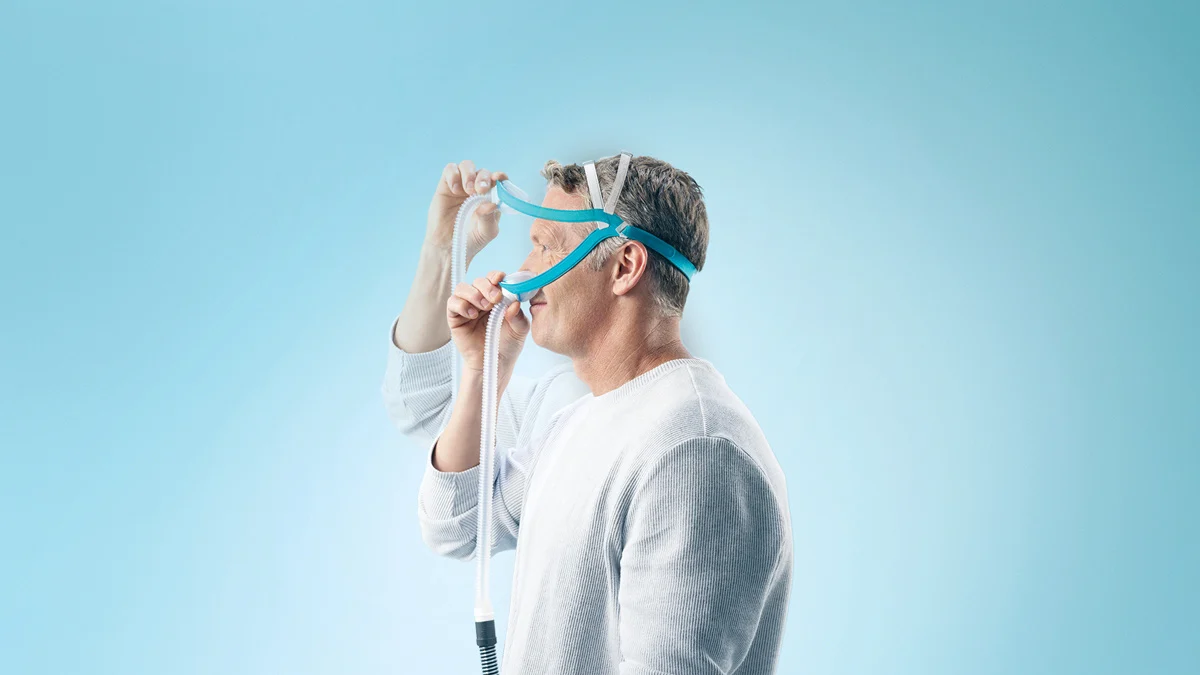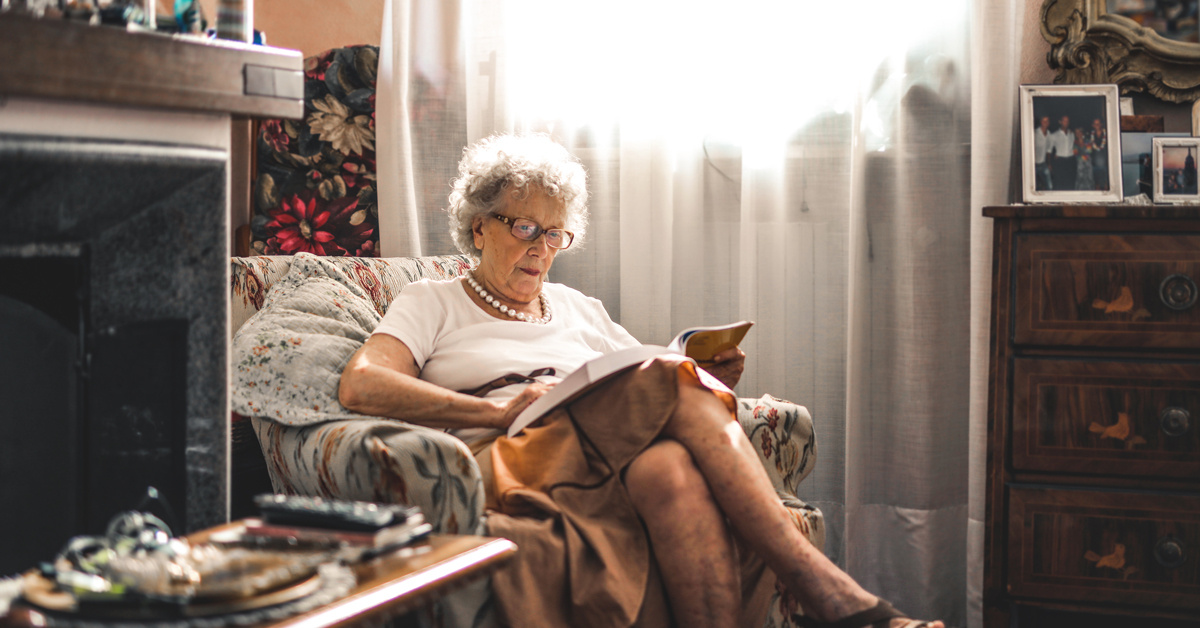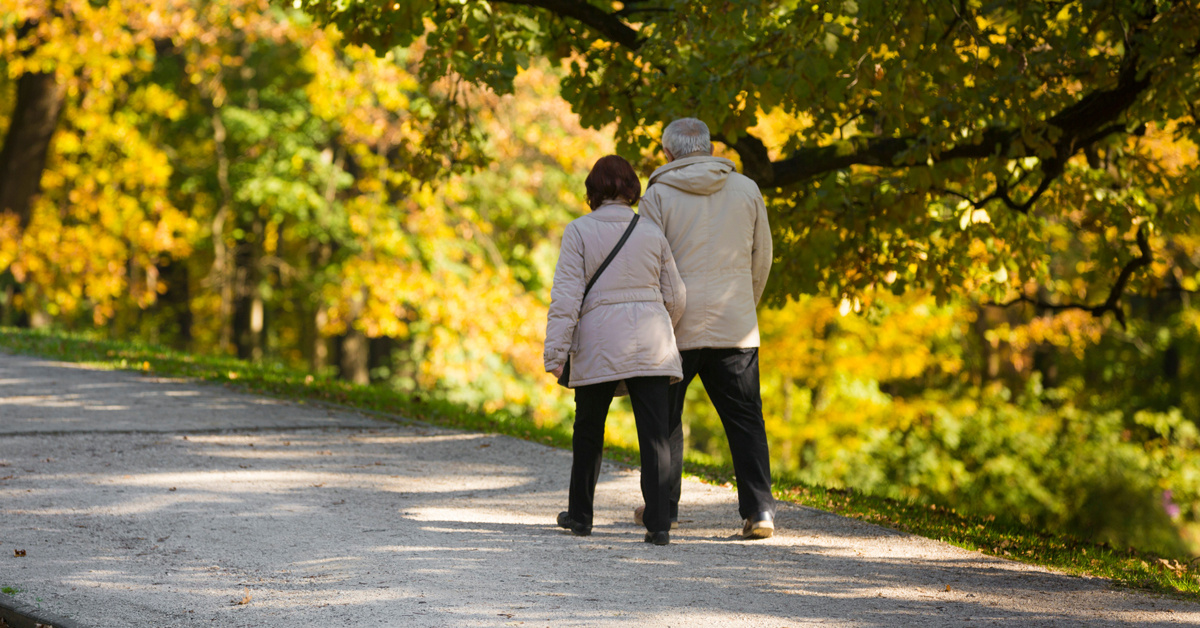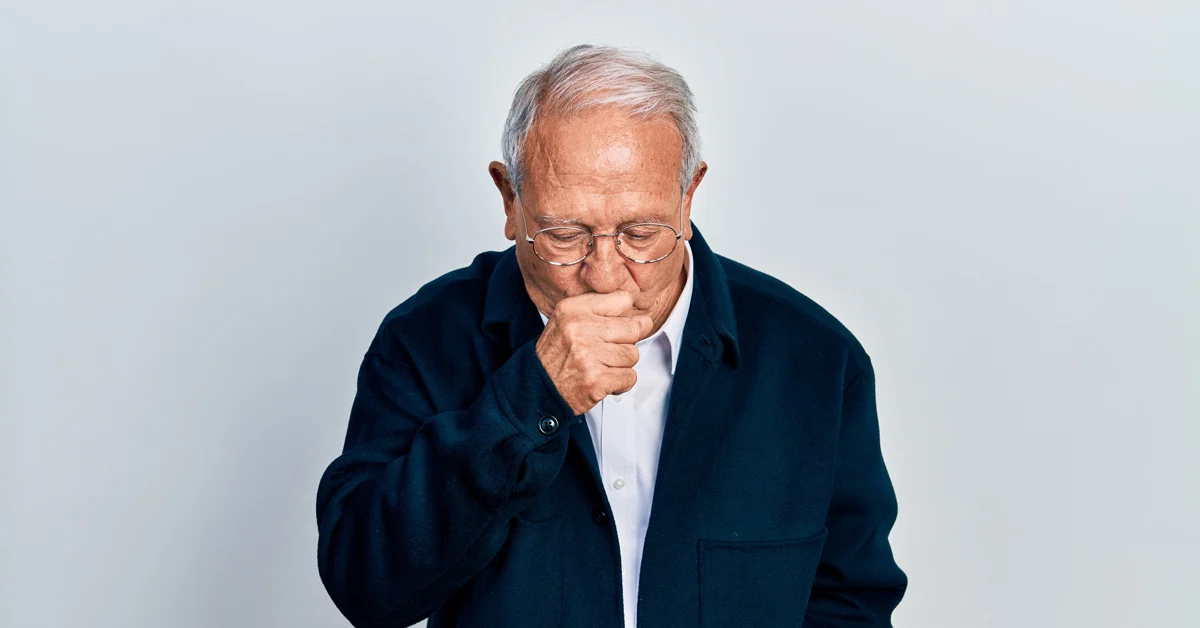Sleeping On Your Side With CPAP Therapy Is Challenging, But You Can Do It. Here’s How.
For people with sleep apnea, their sleeping position has a direct effect on their condition. Research shows more than 50% of people with sleep apnea have more extreme symptoms when they sleep on their back.
That’s why most healthcare professionals recommend that people with sleep apnea sleep on their side. The reason: side sleeping prevents gravity from interfering with your airways.
According to Robert Miller, Apria Healthcare Vice President of Sleep Business, “Studies demonstrate that side sleeping significantly reduces breathing disruptions and can also reduce snoring.”
But side sleeping can present certain challenges that need to be addressed for you to comply with your CPAP therapy—and get the restful night’s sleep your body needs.
Challenges Facing Side Sleepers Wearing a CPAP Facemask
- An ill-fitting mask. The last thing you want is an uncomfortable mask. Work with your doctor to select a mask that fits your face comfortably.
- A moving mask. During the night, your mask may come off. Or your pillow may displace it. Or if you toss and turn, it may move as you sleep. Select a mask that is sturdy and fits your face securely.
- A leaky mask. For your CPAP therapy to be effective, the full level of air pressure prescribed by your doctor must be maintained throughout the night. Side sleeping increases the risk of mask leaks, which hinder your CPAP therapy.
- A "cheeky” mask. When sleeping on your side, your face rests on the pillow. This presses the mask against your cheek, causing pain and discomfort.
What to Consider When Selecting a Mask
- Your breathing style. Some people are mouth breathers, others are nose breathers, still others are both. Choose the mask that suits your breathing style.
- Mask fit. When it comes to CPAP masks, one size doesn’t fit all. Your doctor will help you choose a mask that fits securely to reduce mask movement and fits snugly to provide greater comfort.
- Mask and cushion materials. To increase comfort and reduce the risk of allergies, consider the materials used to construct the mask frame and cushion. Many use soft materials like cotton or fleece. Others use materials such as silicone and foam. Speak with your doctor about the best material for you.
- Low-profile design. Larger, bulkier masks can interfere with sleep. Choose lightweight masks with a minimal design that don’t obstruct your face or encroach on your pillow.
- Location of the CPAP tube. The tube connects to your CPAP machine. It’s sometimes connected at the mask’s nasal area or at the top of the mask. Side sleepers usually do better with nasal tubing since it minimizes contact with the pillow.
The Best Masks for Side Sleepers
One of the main reasons people discontinue their CPAP therapy is because their mask doesn’t fit properly, which makes sleeping difficult. That’s why the first step in ensuring the success of your CPAP therapy is to choose the best mask for your needs.
Following are the three most common—and most effective—CPAP masks for side sleepers.
Nasal Pillow Masks
These are among the smallest, lightest, most compact masks available—and provide maximum comfort.
Nasal pillow masks feature a soft, silicone cushion that rests beneath your nose. They employ two inflatable pillows inserted into your nostrils that deliver air pressure while creating a secure seal.
Because they are small and don’t obstruct your face, nasal pillow masks are an ideal choice for people who feel claustrophobic wearing larger masks or who enjoy watching TV or reading before going to sleep.
Nasal Masks
Nasal masks fit over the nose, creating a tight seal over your nose and upper lip. They are also very compact, meaning less direct contact with your face and pillow, decreasing the risk of dislodging your mask.
For people who breathe through their mouth, nasal masks must be worn with an adjustable chin strap to prevent their mouth from opening as they sleep, which can compromise CPAP therapy.
Full-Face Masks
These aren’t usually the first choice for side sleepers since they tend to be bigger and bulkier than other options. But for side sleepers who breathe through their mouth, full-face masks are a good choice. They cover both the nose and mouth to ensure your CPAP machine delivers the prescribed pressurized airflow.
Full-face masks with hoses on the top of the head reduce the risk of obstruction or leaks.
Consider a CPAP Pillow
Specially designed, comfortable pillows have cutouts that accommodate your mask and hose to ensure a better fit. CPAP pillows let you move more freely as you sleep while maintaining a firm seal to prevent air leaks. You can see a CPAP pillow here on ApriaDirect.com.
Sideline the Challenges of Side Sleeping
For people with sleep apnea who have been prescribed CPAP therapy, side sleeping is the position preferred by healthcare professionals. The first step to success is to work with your doctor to find a mask that fits your face and the way you sleep.
Apria’s Robert Miller adds, “As specialists in the management of sleep apnea, we’re here to help you get the good night’s sleep you need and deserve.” You can visit Apria.com/Sleep for help on your sleep journey.
References
1. Fountain, L. (Updated 2023, June 2). Best CPAP Masks for Side Sleepers. Sleep Foundation. https://www.sleepfoundation.org/best-cpap-mask/best-cpap-mask-for-side-sleepers.
2. Summer, J. (Updated 2023, March 10. How to Choose a CPAP Mask Based On Your Sleep Position. Sleep Foundation. https://www.sleepfoundation.org/cpap/choosing-cpap-mask-for-your-sleep-position.
3. Coelho, S. (Updated 2022, October 28). 5 of the top CPAP machines for side sleepers. Medical News Today. https://www.medicalnewstoday.com/articles/cpap-masks-for-side-sleepers#faq.
4. Which CPAP mask is best for side sleepers? ResMed. https://www.resmed.com.au/knowledge-hub/which-cpap-mask-is-best-for-side-sleepers.
5. Pacheco, D. Best Sleeping Position for Sleep Apnea. Sleep Foundation. https://www.sleepfoundation.org/sleeping-positions/best-sleeping-position-for-sleep-apnea#.
LEGAL DISCLAIMER: Material in this newsletter is provided for general health education and informational purposes and to provide references to other resources only; it may not apply to you as an individual. While Apria Healthcare believes that the information provided through this communication is accurate and reliable, Apria Healthcare cannot and does not make any such guarantee. It is not intended to be a replacement for professional medical advice, evaluation, diagnosis, services or treatment (collectively, “medical treatment”). Please see your healthcare provider for medical treatment related to you and your specific health condition(s). Never disregard medical advice or delay seeking medical care because of something you have read on or accessed through this website. Reading this newsletter should not be construed to mean that you have a healthcare provider/patient relationship.

.jpg?width=1120&height=376&name=AD-EmailBanner-PowerSolutions%20(1).jpg)
.png)



